Visme is a powerful web-based graphics creation tool that is perfect for designing and publishing high-impact slides, charts and infographics, as well as animated graphics. Soon, it will also enable you to create reports, web content, product presentations and wireframe diagrams.
Visme is literally the Swiss Army Knife of visual communication. Picture Canva plus PowerPoint plus Adobe Illustrator and you’ll get a general idea of the scope of this remarkable web-based graphics creation powerhouse. For visual thinkers who are looking for more persuasive ways to communicate their ideas visually, you really ought to check it out.
I recently had an opportunity to review the premium version of Visme. I also had a detailed conversation with the company’s founder, Payman Taei, about the past, present and future of Visme. This give me a deeper understanding of what this powerful tool set is capable of, and where it’s headed from here. In this review, I will give you a better sense of its capabilities and shortcomings, and how it can be employed in a business environment.
Who Visme is designed for
Visme is a visual creation tool for the rest of us. It provides an expansive selection of professionally-designed, attractive templates that non-graphic designers can use as a starting point for projects. It also enables advanced users to create them from scratch.
Taei says the majority of Visme’s users are non-designers who want to be able to quickly and easily get their ideas across visually. That’s why most users rely on its high-quality templates. Hey, if the application provides you with something that’s 80% of what you envision, you can take it the last 20%, right? Not only that, but these templates function as a source of inspiration, showing you what’s possible and opening your eyes to ways of presenting your data and ideas in ways you may not have considered.
Visme started life as an individual tool, but now supports team collaboration and an enterprise version has also been rolled out recently. The latter enables large organizations to deploy and share their own customized template libraries. This enables non-designer users within the company to quickly create what they need, while still adhering to brand guidelines.
What can you create with Visme?
Currently, Visme enables you to create an impressive variety of slides, infographics and charts. Other types of graphics will soon be supported; most of them are already undergoing beta testing.
A quick review of the templates in Visme’s dashboard reveals a comprehensive selection of well-designed graphics that make excellent starting points for any amateur graphic project. Taei explains that Visme uses its own team of designers to create these templates. This keeps quality uniformly high, and allows Visme to focus on the biggest customer needs.
All objects in a Visme template are editable. Graphic objects can be resized, changed to different colors and repositioned as needed; text can be resized and have different font and formatting options applied to it.
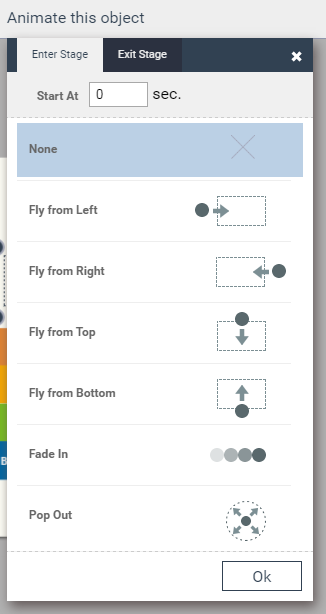 Animation effects
Animation effects
In addition, any object can have interactivity applied to it. Objects can move into the scene from the right, left, top or bottom of the scene. They can also fade in and pop onto the scene. A similar set of “exit scene” effects are also available if you want your graphic to disappear after a certain amount of time.
These animation effects may be rudimentary compared to the transitions you’re used to in PowerPoint or Keynote. But remember, we’re dealing with a web editing and publishing environment here. So that’s a limiting factor. Besides, other than having blocks of text fade in and out, I haven’t used PowerPoint’s transitions all that much. Having text and objects fly in and out is a tacky distraction from the ideas I’m trying to convey. So I don’t really see this as a major limitation of Visme. I’m confident its options are sufficient for most users.
Presentation inspiration
Visme can be used to create a series of slides that can be exported as PNG or JPG files for use in your PowerPoint presentations. It can also create self-contained interactive presentations that can be embedded into blog posts or web pages. They are generated as HTML 5 files, which means they can be played back on any computing device, as well as from the desktop.
Visme offers sophisticated settings for controlling the playback of of interactive presentations. These include the ability to:
- Advance slides with the mouse click
- Auto-play all slides
- Auto-play in an endless loop (ideal for use in trade show booths and other displays).
What’s really surprising is that Visme enables you to create interactive presentations where visitors to a web page must enter their name, email address and company name before they can view them. This capability should be appreciated by content creators, because it eliminates the need to build this capability into a landing page. This registration data can be downloaded in a CSV file format.
Visme’s compelling infographics
Visme offers hundreds of professionally designed infographic templates that are useful in many different applications. Each of them can be customized to meet your needs. Visme’s polished, attractive templates will inspire you to experiment and adapt.
I used a pyramid of stacked rectangles to create a “Building Blocks of Content Marketing” graphic that turned out really impressive. Customizing it with Visme’s tools was easy: Simply select an element with a mouse click and a context-sensitive menu opens where you can adjust its shape and text settings.
As you work with an image, a dark gray vertical toolbar to the left of the workspace provides you fast access to tools for adding a background color or pattern, simple or animated text, a wide variety of shapes, images, embedded video, music and even i-framed code. Selecting one of these options opens a larger frame on the left side of the screen where you can select the object or effect you want to use.
For example, with my pyramid graphic, I wanted to insert a line with an arrow. So I simply selected the shapes icon from the floating toolbar and a lengthy menu appeared, offering me everything from shapes and lines to banners, buttons and decorative elements. Between the arrow and line collections, I was able to find a dotted line with an arrowhead that I dragged and dropped into my image, and positioned it and sized it to meet my needs.
My one minor complaint was that the application’s floating tool selector and formatting toolbar seemed to get in my way when working with objects in my diagram. But I soon realized that I could drag them out of my way. A minor issue, quickly solved.
Many of Visme’s infographics are designed to meet the needs of specific industries and applications. For example, its non-profit infographics include reports that document charitable giving, solicit donations from constituents and much more.
Taei said one of his team’s priorities for the next several months will be to create simplified versions of these sophisticated infographics. They will focus around single elements, for those users who don’t want to create complex, lengthy infographics.
Charts and graphs made easy
From time to time, I need to create charts and graphs for the reports I produce for this blog. Typically, this requires me to open Excel, create a small data table and then spend countless hours messing with its chart tool to create what I envision. Inevitably, its clunky chart creation toolset frustrates me with its limitations. Visme’s chart and graph tools look like a valuable alternative.
The heart of its charting and graphics tools is the “chart engine.” This interactive screen enables you to input a set of row and column data (or copy and paste it from Excel or Google Sheets), and then visualize it in seven different formats, including horizontal and vertical bar graphs, pie charts and line graphs. As you enter data into the table, Visme builds the chart for you in real time. When you’re satisfied with its appearance, simply click on the “insert” button and Visme places it in the application’s canvas.
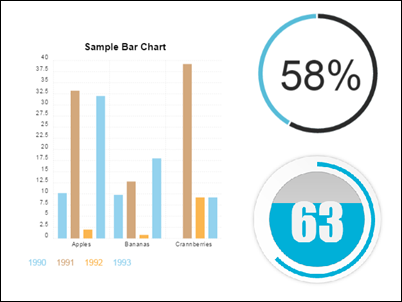 Visme also offers a selection of customizable chart widgets for the creation of simple art elements. For example, two styles of radial charts enable you to quickly visualize a percentage, using a slider – ideal for reporting specific percentages from survey results.
Visme also offers a selection of customizable chart widgets for the creation of simple art elements. For example, two styles of radial charts enable you to quickly visualize a percentage, using a slider – ideal for reporting specific percentages from survey results.
Until now, my alternatives were to create something like this in a graphic design program or use some art elements in Canva, a web-based static graphics tool that I use to create most of the images for this blog. But they didn’t give me the ability to adjust the percentages the way these do. These interactive widgets are very cool!
Sharing your graphic creations with the world
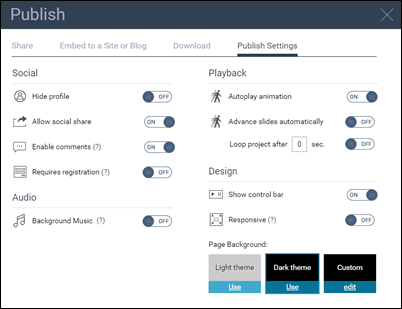 Visme offers numerous options for publishing your data-driven graphics. You can:
Visme offers numerous options for publishing your data-driven graphics. You can:
- Share them publicly, privately or with password protection
- Embed them in a blog or web page using Javascript
- Download them as JPG and PNG images, as a PDF document and as a set of HTML 5 files.
Publish settings are equally impressive. You can:
- Show or hide your Visme profile
- Allow social sharing of and comments to be added to your creations
- Require visitors to register before viewing your graphic
- Add background music to your presentations
- Choose from 3 page background themes
What’s next for Visme?
Taei says he and his team are committed to continuing to tweak the usability of Visme. It already has a lot of embedded power, but most of it stays out of the ways of users until it’s needed. That’s the mark of a well-designed application, in my opinion!
The graphic designers at Visme will continue to develop more infographic and chart/table templates, and will broaden out the number of categories and vertical markets they address; the recent launch of infographics for non-profits is a first step in that direction.
At the same time, Taei says Visme’s developers will create a growing number of simple templates that users can employ to quickly create quick and easy graphics. “We heard from a number of users that they were getting tired of deleting dozens of objects to create a simple graphic,” he says.
Watch, too, for more content types. The graphic Visme displays prominently on its home page is an excellent roadmap for what’s next:
- Reports
- Web content
- Wireframes
- Product presentations
- Resumes
Finally, Visme will continue to add content to its Visual Learning Center – its blog – which contains step-by-step tutorials on how to use Visme. The other purpose of the blog is to showcase Visme’s new features, which are being released faster than ever now that the development team rebuilt the back-end of the platform for improved speed and scalability.
Conclusion
Visme is powerful, flexible and is well-behaved. As I explored the application and tried my hand at creating different types of graphics, I found it to be intuitive and easy to use. The templates are excellent, as I mentioned. I’m one of those creatives who sometimes comes up with truly original ideas, but often I look for sources of inspiration – ideas I can adapt to my needs. Visme’s templates have been a great source of inspiration for me!
Visme does more than I’ve had the time and space to cover here. Consider these premium features:
- Analytics to track traffic to your graphics
- Importing presentations from PowerPoint and Keynote
- Organizing your graphics and projects in folders
- Collaborating with your colleagues
I can’t wait to see what the rest of Visme’s forthcoming content types look like as they get rolled out in the coming months.
Visme pricing is affordable
You can sign up for a free Visme account, which provides basic features. Most notably, it doesn’t include the application’s impressive assets and templates. A standard license costs US$7 per month – a bargain considering all that Visme can do and what’s still to come. It’s recommended for individuals.
Businesses and teams are encouraged to use Visme Complete, which costs US$16 per month (still VERY affordable) and includes collaboration tools. Team and volume discounts are also available. Contact Visme for details. For a complete side-by-side comparison of these plans, visit the pricing page on the developer’s website.

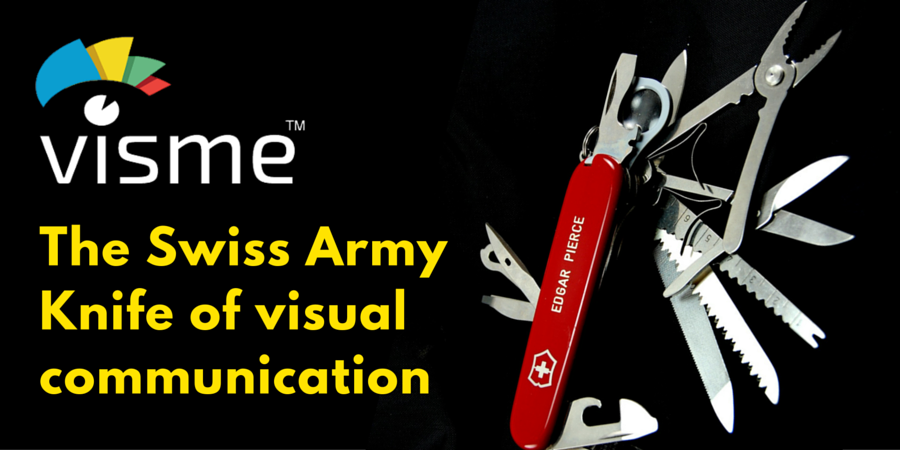
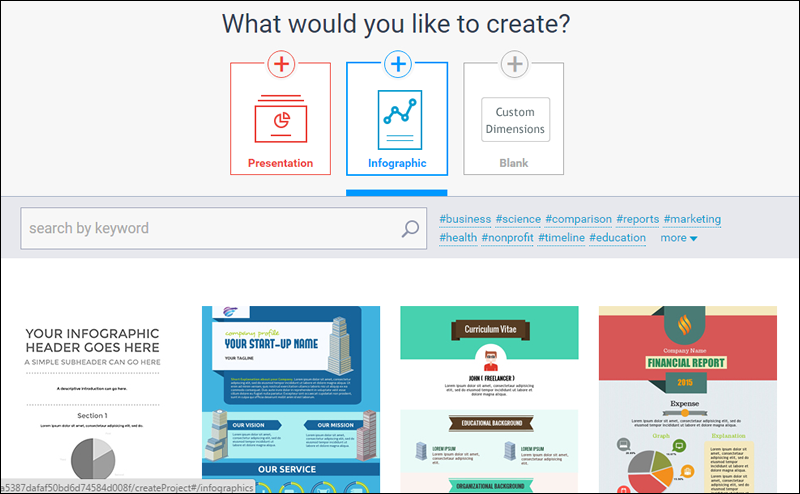
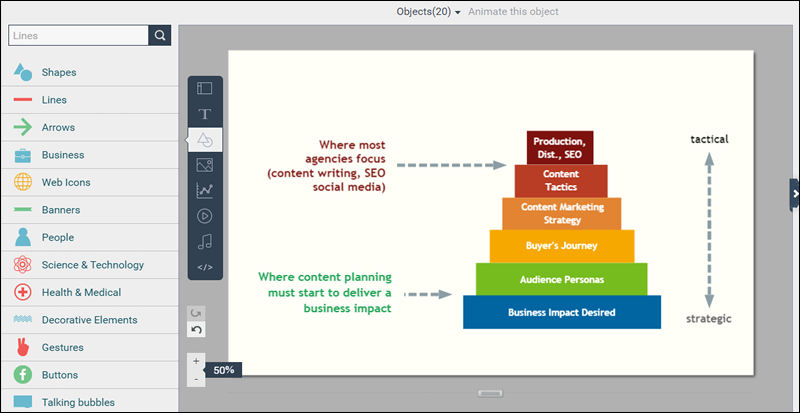
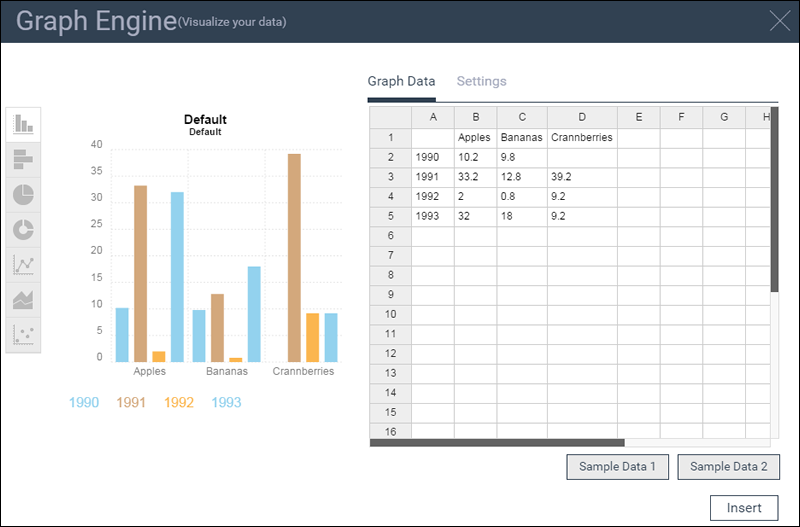

Leave a Reply